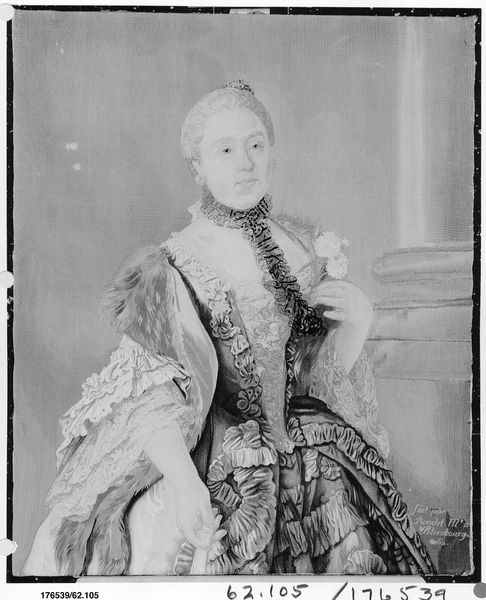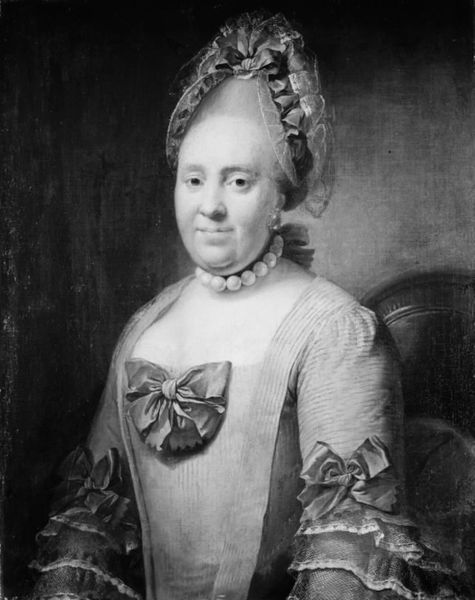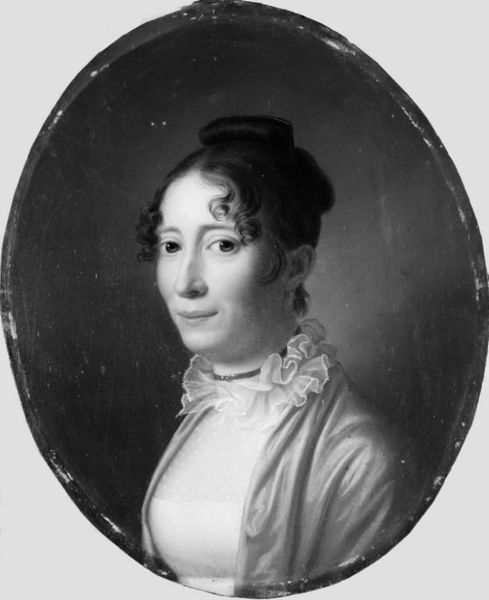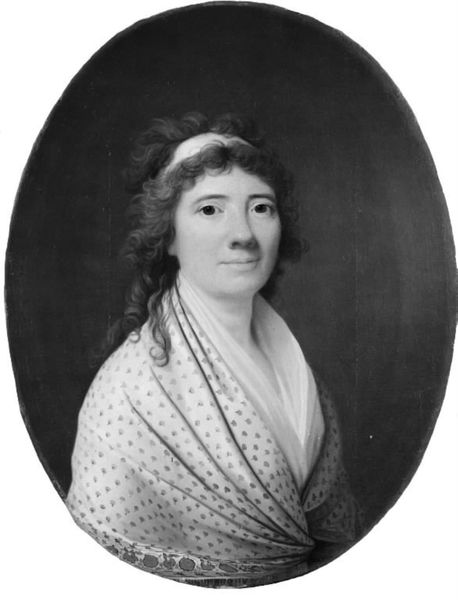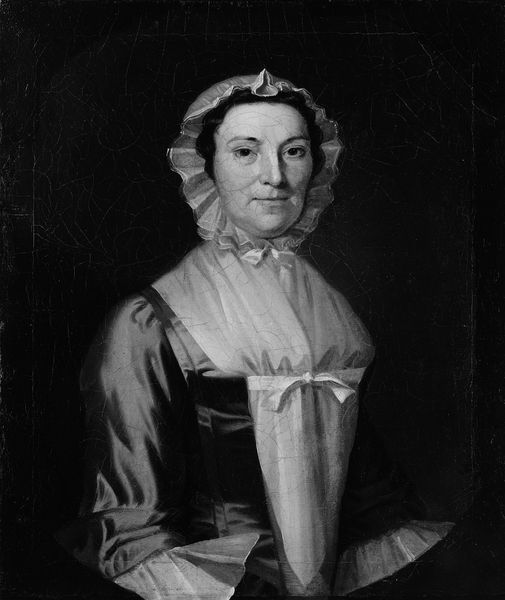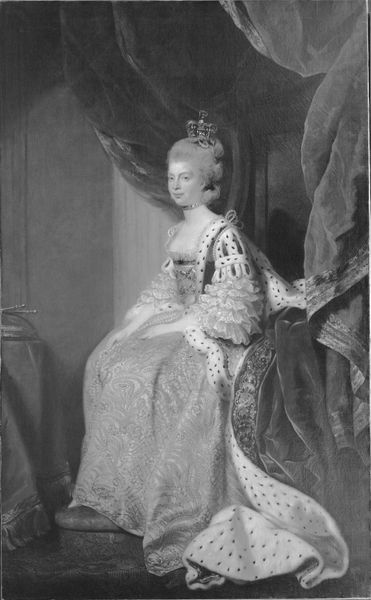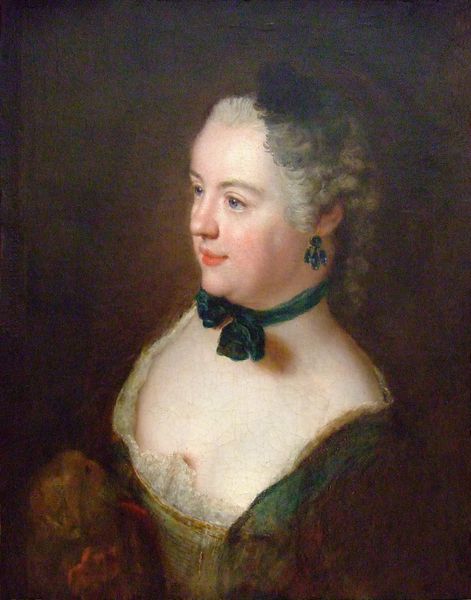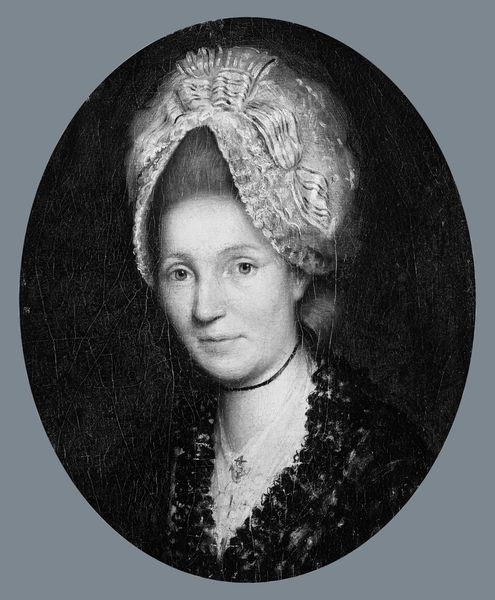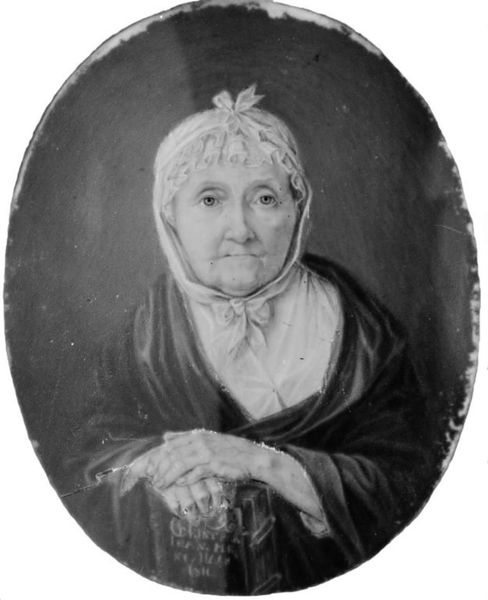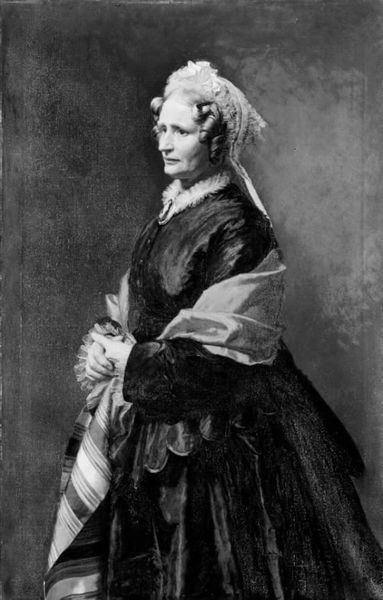
painting
#
portrait
#
portrait
#
painting
#
charcoal drawing
#
figuration
#
history-painting
#
academic-art
#
realism
#
rococo
Dimensions: 78.5 cm (height) x 63.5 cm (width) (Netto)
Editor: So, this is Johan Hörner's "Portrait of an Elderly Woman," painted in 1752. It’s an oil painting. I find it really striking how directly she's looking at the viewer; almost confrontational. What do you see in this piece? Curator: What immediately strikes me is the sitter's presence and the context of power it implies. While on its surface it may appear a conventional Rococo portrait, it demands a closer inspection beyond aesthetics and surface readings. Who was she, and what narratives did she embody at a time when women's voices were systematically suppressed? Does the detail of the lace signify status, or a more nuanced performance of gender roles? Editor: That’s interesting. I was mainly focused on her expression and how lifelike it seems, but thinking about the social context is important. The lace – so meticulously painted – as a form of gendered performance… I hadn’t considered that. Curator: Exactly. How does she disrupt expectations, and how is she complicit? Consider her gaze, for example. Is it strength, defiance, or the practiced composure expected of women in the public eye? Think about class too: how did her position enable her portrait to be painted in the first place? The visual language speaks volumes, but the unsaid speaks even louder. Editor: So, it's less about celebrating beauty, and more about decoding a complex representation of a woman navigating the constraints and privileges of her time. Is this where art history and contemporary feminist theory meet? Curator: Precisely! By examining "Portrait of an Elderly Woman" through an intersectional lens, we expose the subtle yet potent negotiations of identity, class, and gender. The work opens a dialogue about women and agency in the 18th century. Editor: Wow, I’ll never look at an old portrait the same way again! Thanks! Curator: My pleasure. Now consider, how can our interpretation challenge or be challenged by future understandings of the past?
Comments
No comments
Be the first to comment and join the conversation on the ultimate creative platform.


